No products in the cart.
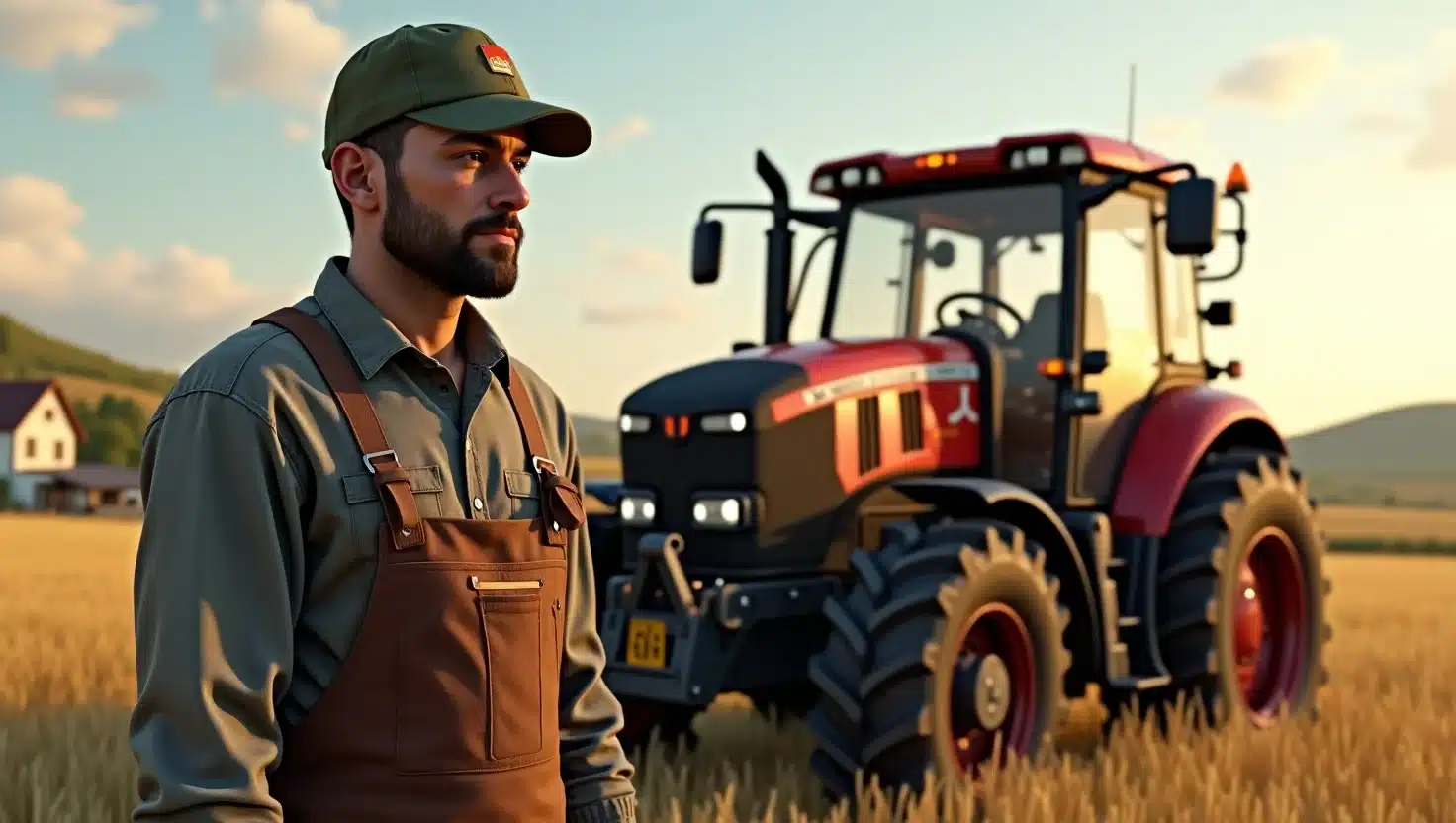
1. Introduction
Feeding a rapidly growing global population is becoming one of the most pressing challenges of the 21st century. With urbanization expanding and arable land shrinking, traditional farming methods are struggling to meet rising food demands sustainably. Climate change, resource scarcity, and supply chain disruptions further complicate global food production, driving the need for more efficient and resilient agricultural solutions.
In response, vertical farming and urban agriculture have emerged as innovative alternatives to conventional farming. These modern methods enable food production in controlled environments within city spaces, drastically reducing the need for transportation and land use. By growing crops in vertically stacked layers or on rooftops and in unused urban areas, these systems are reshaping how cities approach food security. Urban agriculture not only saves space but also allows for year-round cultivation with minimal environmental impact.
Artificial Intelligence (AI) is playing a transformative role in this evolution. AI in vertical farming and urban agriculture enables smarter decision-making, real-time monitoring, and automated operations. From predicting crop yields to optimizing lighting and nutrient delivery, AI is helping farmers grow more with less. As cities aim to become self-reliant in food production, AI-driven technologies are paving the way for a more sustainable and efficient future in agriculture.
2. What is Vertical Farming and Urban Agriculture?
Vertical farming and urban agriculture are two innovative approaches that reimagine how food is produced in and around cities. Vertical farming involves growing crops in stacked layers, often within climate-controlled environments like warehouses or shipping containers. These setups use soil-less techniques such as hydroponics or aeroponics to maximize space and efficiency. On the other hand, urban agriculture is a broader term that refers to cultivating, processing, and distributing food in or near urban areas, including rooftop gardens, community farms, and indoor systems.
One of the biggest advantages of growing food in urban spaces is the ability to produce fresh, healthy crops closer to consumers. This not only reduces transportation emissions but also ensures better food quality and shelf life. Additionally, vertical farming allows for high-density production, using significantly less water and land than traditional agriculture. These methods are especially valuable in densely populated cities where space is limited and local food access is a growing concern.
The popularity of vertical farming and urban agriculture continues to rise due to increasing awareness around food security, sustainability, and environmental impact. These systems align well with smart city initiatives, promoting local food resilience and reducing dependence on long supply chains. With the integration of AI in vertical farming and urban agriculture, these modern techniques are becoming more efficient, data-driven, and scalable—offering practical solutions to global food challenges.
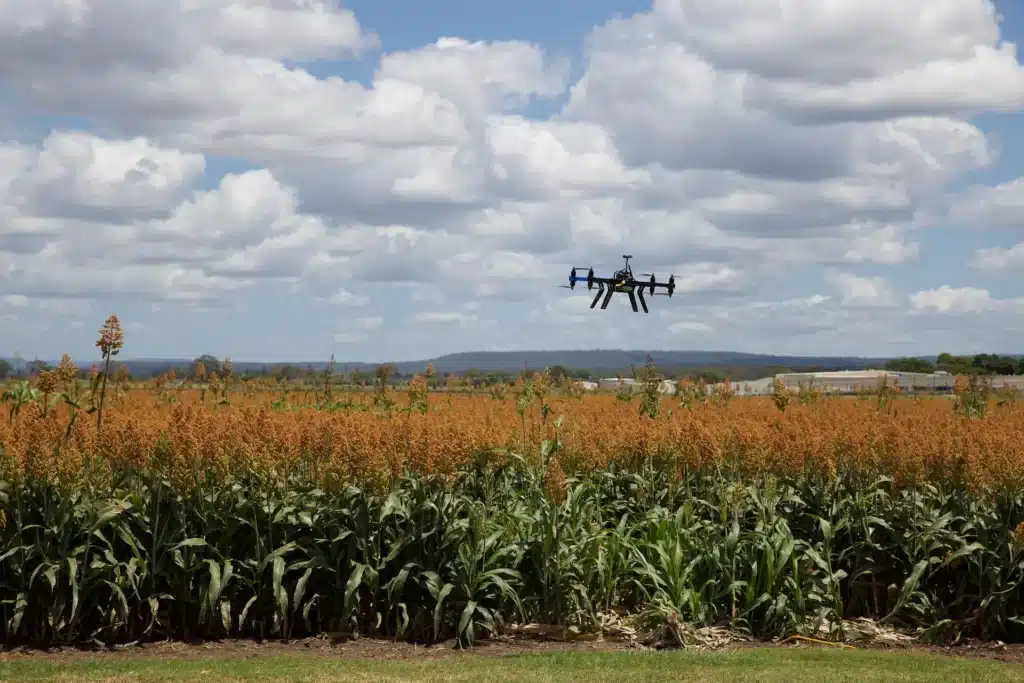
3. How AI is Powering the Future of Urban Farming
Artificial Intelligence is revolutionizing urban farming by bringing data-driven precision to every stage of crop production. Through advanced sensors and machine learning algorithms, farmers can now monitor crop health, soil moisture, and nutrient levels in real-time. These insights enable accurate forecasting of yields, early detection of diseases, and better management of growing conditions. AI in vertical farming and urban agriculture not only boosts efficiency but also minimizes waste by making decisions based on real-time data rather than guesswork.
Climate and lighting are two of the most critical factors in indoor and vertical farming environments. AI-powered systems automatically adjust temperature, humidity, and light intensity to match the needs of specific crops at different growth stages. These intelligent control systems learn and adapt over time, ensuring optimal growing conditions with minimal human intervention. This smart approach reduces energy use and improves plant quality, making urban farming more sustainable and scalable.
Automation is another area where AI excels, especially in managing irrigation and nutrient delivery systems. AI applications in sustainable farming enable precision irrigation that delivers the right amount of water and nutrients exactly when and where they are needed. This targeted approach not only conserves resources but also enhances plant growth and productivity. As more urban farms adopt these technologies, the role of AI in indoor farming systems continues to grow—paving the way for a smarter, greener future in food production.
4. Key Benefits of Using AI in Vertical Farming
One of the most notable benefits of integrating AI in vertical farming and urban agriculture is the significant improvement in crop yields and overall quality. AI systems can analyze vast amounts of data to optimize growing conditions, resulting in healthier plants and more consistent harvests. By tailoring light, temperature, and nutrients to the specific needs of each crop, farmers can achieve better results in less time. This precision not only maximizes production but also helps meet the demand for fresh, high-quality produce in urban areas.
Efficiency is another major advantage. AI-powered agriculture systems are designed to use fewer resources without compromising output. Smart sensors and predictive algorithms help reduce water and energy consumption by ensuring they’re used only when necessary. Compared to traditional farming methods, AI-driven vertical farms can operate with up to 90% less water, making them an environmentally friendly solution for sustainable urban food production.
Automation driven by AI also lowers labor costs by handling repetitive and time-consuming tasks such as irrigation, fertilization, and environmental monitoring. Real-time detection systems further enhance efficiency by identifying pests, diseases, or other issues before they spread. These systems allow farmers to act quickly, minimizing damage and loss. With such intelligent solutions, AI and IoT in smart farming are helping farmers grow smarter, not harder—making food production in cities more resilient and resource-conscious.
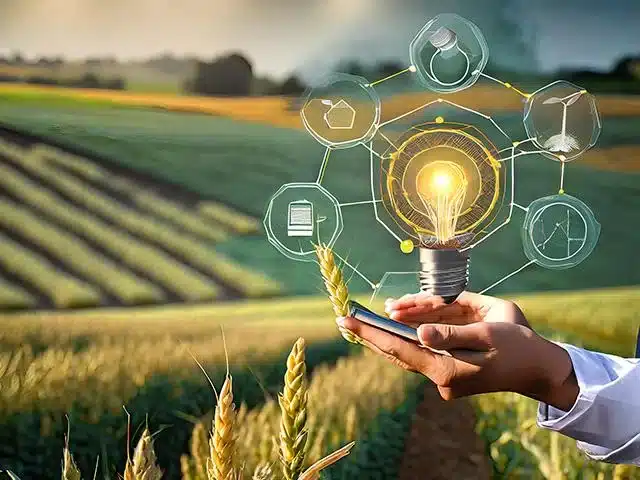
5. Smart Technologies Supporting AI Integration
The success of AI in vertical farming and urban agriculture is closely tied to the smart technologies that support it. Internet of Things (IoT) sensors and robotics play a crucial role in collecting and processing real-time data from the growing environment. These devices monitor everything from soil moisture and nutrient levels to temperature and light conditions. When paired with AI, this data is used to make precise adjustments and automate critical tasks, allowing urban farms to operate more efficiently with minimal human oversight.
Computer vision and machine learning are also reshaping how farmers assess plant health. Using high-resolution cameras and AI algorithms, these systems can identify early signs of disease, pest infestations, or nutrient deficiencies—often before they’re visible to the naked eye. This proactive approach helps maintain healthier crops and reduces the need for chemical interventions. It’s one of the ways AI in indoor farming systems is delivering smarter, cleaner farming solutions for cities.
Another essential tool is predictive analytics, which helps farmers and suppliers anticipate both crop performance and market demand. By analyzing historical data and current trends, AI applications in sustainable farming can forecast supply needs, reduce waste, and optimize distribution. This not only streamlines the food supply chain but also supports urban food security. With the help of these interconnected technologies, AI and IoT in smart farming are driving the next wave of innovation in agriculture.
6. Real-World Examples and Case Studies
As AI continues to revolutionize vertical farming and urban agriculture, several startups and cities around the world are showcasing the incredible potential of these technologies. One standout example is Plenty, a U.S.-based startup that uses AI and advanced robotics to optimize its indoor farming operations. By leveraging machine learning to monitor and adjust environmental factors in real-time, Plenty has significantly improved crop yields while reducing resource consumption. Their AI-driven approach has led to the creation of high-tech vertical farms capable of producing fresh produce year-round in urban areas with minimal environmental impact.
Another example is Singapore, which has positioned itself as a leader in urban agriculture by incorporating AI and IoT technologies in its vertical farms. The city-state’s Sky Greens farm uses vertical farming techniques powered by AI to grow leafy greens on stacked towers. By employing AI to monitor plant health and optimize irrigation, Sky Greens has dramatically reduced water and energy usage, proving that smart farming can work efficiently in dense, urban settings. Singapore’s push towards AI-powered urban farming is a clear indication of how cities can become self-sufficient in food production, particularly in areas with limited agricultural land.
Notable companies such as Bowery Farming and AeroFarms are also at the forefront of AI integration in agriculture. Bowery Farming combines AI with computer vision and robotics to grow pesticide-free vegetables in its automated indoor farms. Similarly, AeroFarms uses aeroponics and AI to enhance plant growth while minimizing water usage and waste. These companies not only demonstrate the potential of AI in urban farming but also inspire others in the industry to adopt smarter, more sustainable farming methods.

7. Challenges and Limitations
Despite the many benefits, the integration of AI in vertical farming and urban agriculture comes with notable challenges. One of the most significant barriers is the high initial investment required for setup. Advanced technologies like AI software, IoT sensors, robotics, and controlled environment systems demand considerable upfront capital. This can be a hurdle for small-scale farmers or startups with limited funding, slowing the adoption of these smart farming solutions in some regions.
Another limitation is the reliance on technical expertise and data. Operating AI-powered agriculture systems requires a solid understanding of both farming and technology. Farmers and workers must be trained to manage data inputs, interpret AI-generated insights, and troubleshoot complex systems. Additionally, the effectiveness of AI in urban agriculture depends heavily on the quality and consistency of data. Poor data management can lead to incorrect predictions, inefficient operations, or even crop losses.
Regulatory challenges and urban infrastructure limitations also pose hurdles. Zoning laws, building codes, and energy regulations can restrict where and how vertical farms operate in city environments. Moreover, integrating new AI technologies into existing urban systems often requires collaboration across multiple sectors, which can delay implementation. While these obstacles are real, ongoing innovation, education, and supportive policies can help overcome them—ensuring that the future of AI in vertical farming and urban agriculture continues to grow.
8. The Road Ahead: What to Expect by 2030 and Beyond
Looking ahead to 2030 and beyond, AI is expected to play an even more transformative role in vertical farming and urban agriculture. As smart technologies become more accessible and affordable, cities around the world are likely to adopt AI-integrated farming systems on a larger scale. These systems will not only optimize every aspect of food production—from seed to harvest—but also make farming more resilient to climate change and urban constraints. The continued development of AI in vertical farming will be key to supporting dense populations with fresh, local produce.
Several groundbreaking innovations are on the horizon. AI-powered drones may soon be used for monitoring plant health and pollination within indoor environments, while blockchain could offer transparent tracking of food from farm to table. Enhanced predictive analytics will also allow farms to better forecast supply and demand, minimizing food waste. As these technologies converge, the synergy between AI and IoT in smart farming will redefine how food is grown, distributed, and consumed in urban centers.
Globally, these advancements have the potential to significantly improve food security, particularly in regions facing land shortages, water scarcity, or supply chain disruptions. AI in hydroponic and aeroponic systems will help maximize yields in vertical farms, even in extreme climates or densely populated cities. As governments and private sectors invest more in sustainable solutions, the future of AI in vertical farming and urban agriculture looks bright—offering a scalable, tech-driven answer to one of humanity’s most pressing challenges: feeding the world sustainably.

9. Conclusion
AI is quickly becoming a cornerstone of sustainable food production, especially in the evolving spaces of vertical farming and urban agriculture. From automating irrigation and nutrient delivery to predicting crop health and optimizing harvests, AI-driven technologies are helping farmers grow more food using fewer resources. These intelligent systems are not only enhancing productivity but also making farming more adaptable to urban settings and climate challenges.
As urban populations continue to grow, the demand for locally grown, fresh, and sustainable food will rise. Vertical farms powered by AI and supported by smart technologies like IoT, robotics, and machine learning are poised to meet this demand. Urban agriculture, once seen as a niche solution, is now emerging as a viable, tech-forward approach to global food challenges.
In the years ahead, we can expect to see even deeper integration of AI in vertical farming and urban agriculture. With ongoing innovation and collaboration, these modern farming methods will help shape a more food-secure, eco-friendly, and resilient future—making cities not just places where people live, but also where their food is intelligently grown.
FAQs:
Q1. How is AI transforming vertical farming and urban agriculture?
AI is revolutionizing vertical farming and urban agriculture by optimizing resource use, automating tasks, and enhancing crop yields. Through machine learning and data analytics, AI systems can monitor plant health, control environmental conditions, and predict optimal harvesting times, leading to more efficient and sustainable farming practices.
Q2. What are the benefits of integrating AI into urban farming?
Integrating AI into urban farming offers numerous benefits, including increased crop productivity, reduced water and energy consumption, and minimized labor costs. AI-driven systems enable precise control over farming environments, leading to higher-quality produce and more resilient food production systems in urban settings.
Q3. What challenges do farmers face when adopting AI in vertical farming?
Farmers may encounter challenges such as high initial investment costs for AI technologies, the need for specialized technical skills to manage and interpret data, and potential regulatory hurdles related to urban infrastructure and zoning laws. Addressing these challenges requires strategic planning and support from policymakers and industry stakeholders.
Q4. Are there real-world examples of AI being used in vertical farming?
Yes, several companies are successfully implementing AI in vertical farming. For instance, iFarm utilizes AI-powered systems to automate crop monitoring and optimize growing conditions, resulting in efficient and sustainable urban agriculture solutions.
Q5. What is the future outlook for AI in urban agriculture by 2030?
By 2030, AI is expected to play a pivotal role in urban agriculture, with advancements such as AI-powered drones for monitoring, blockchain for supply chain transparency, and predictive analytics for demand forecasting. These innovations aim to enhance food security, reduce environmental impact, and support the development of smart cities with integrated urban farming systems.
1 Comment
Leave a Reply
Related Articles
Crop Management
Can AI Predict Market Prices for Farmers? Here’s What You Need to Know
1. Introduction: Agricultural markets are notoriously unpredictable. One season, a bumper crop...
Crop Management
AI-Powered Crop Spraying Drones: Precision Agriculture in Action
1. Introduction: Farming has always been a race against time, pests, and...
Crop Management
Top AI Farming Startups in the U.S. to Watch in 2025
1. Introduction: Farming in the United States is undergoing a seismic shift,...
Crop Management
Top 5 Ways U.S. Farmers Are Using AI Drones to Boost Yields in 2025
1. Introduction: In 2025, the American agricultural landscape is undergoing a transformation...
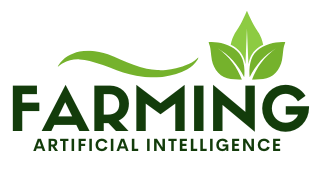

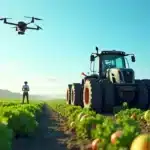
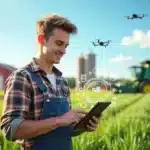
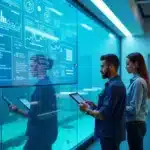
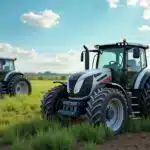

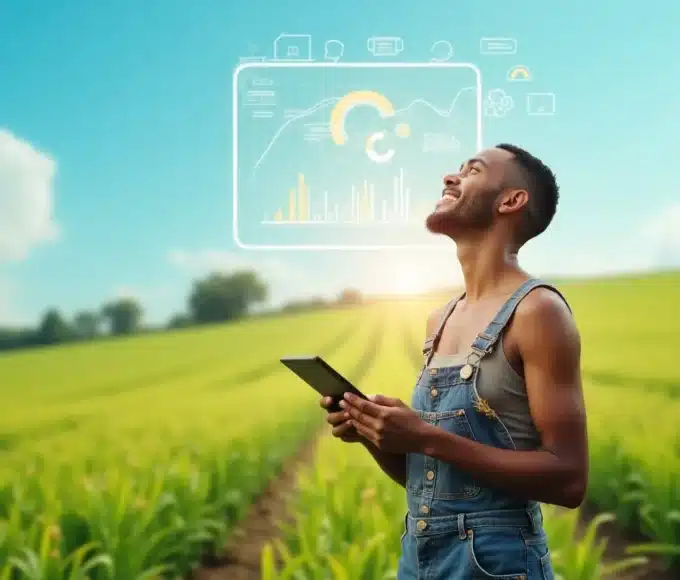
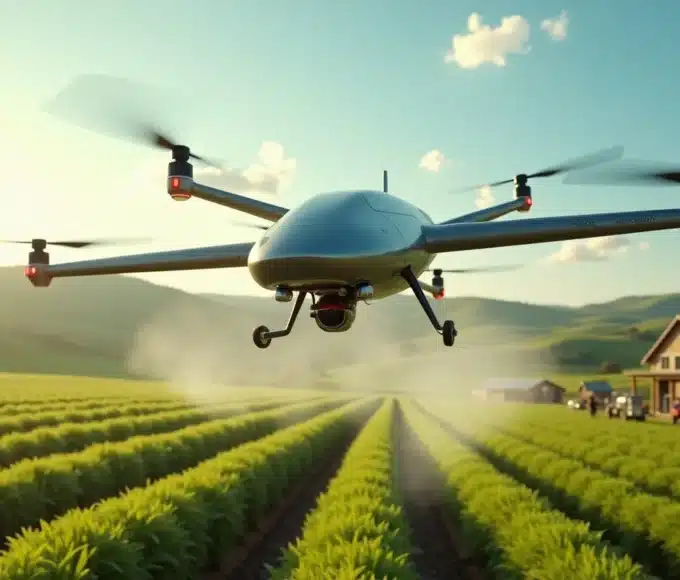
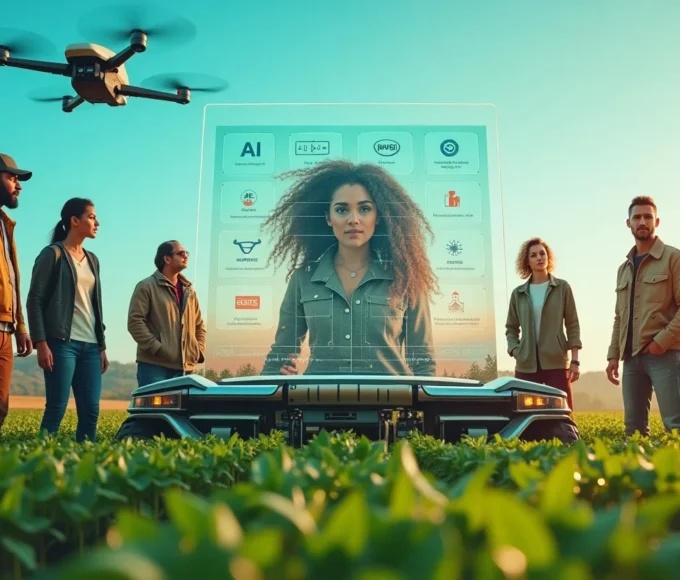
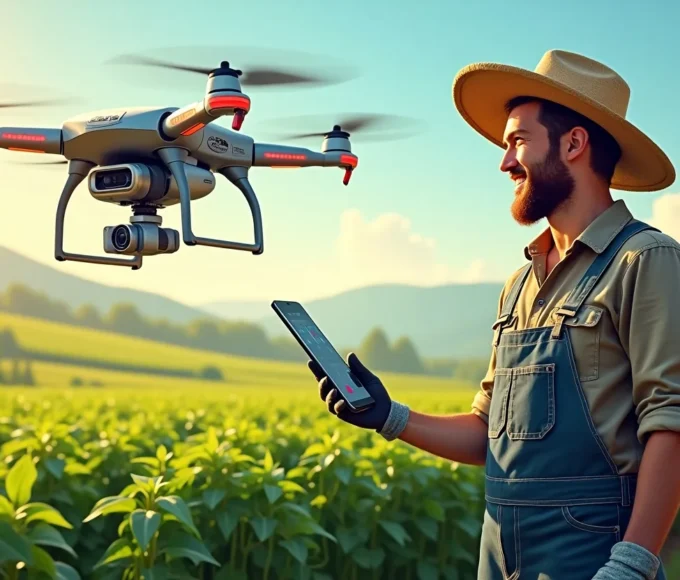
Hello there, I discovered your site by means of Google while looking for a related
subject, your site came up, it appears great. I’ve bookmarked it in my google bookmarks.
Hello there, simply became aware of your blog through Google, and
located that it’s truly informative. I’m going to be
careful for brussels. I will appreciate if you happen to proceed this in future.
Lots of other people will be benefited out of your writing.
Cheers!